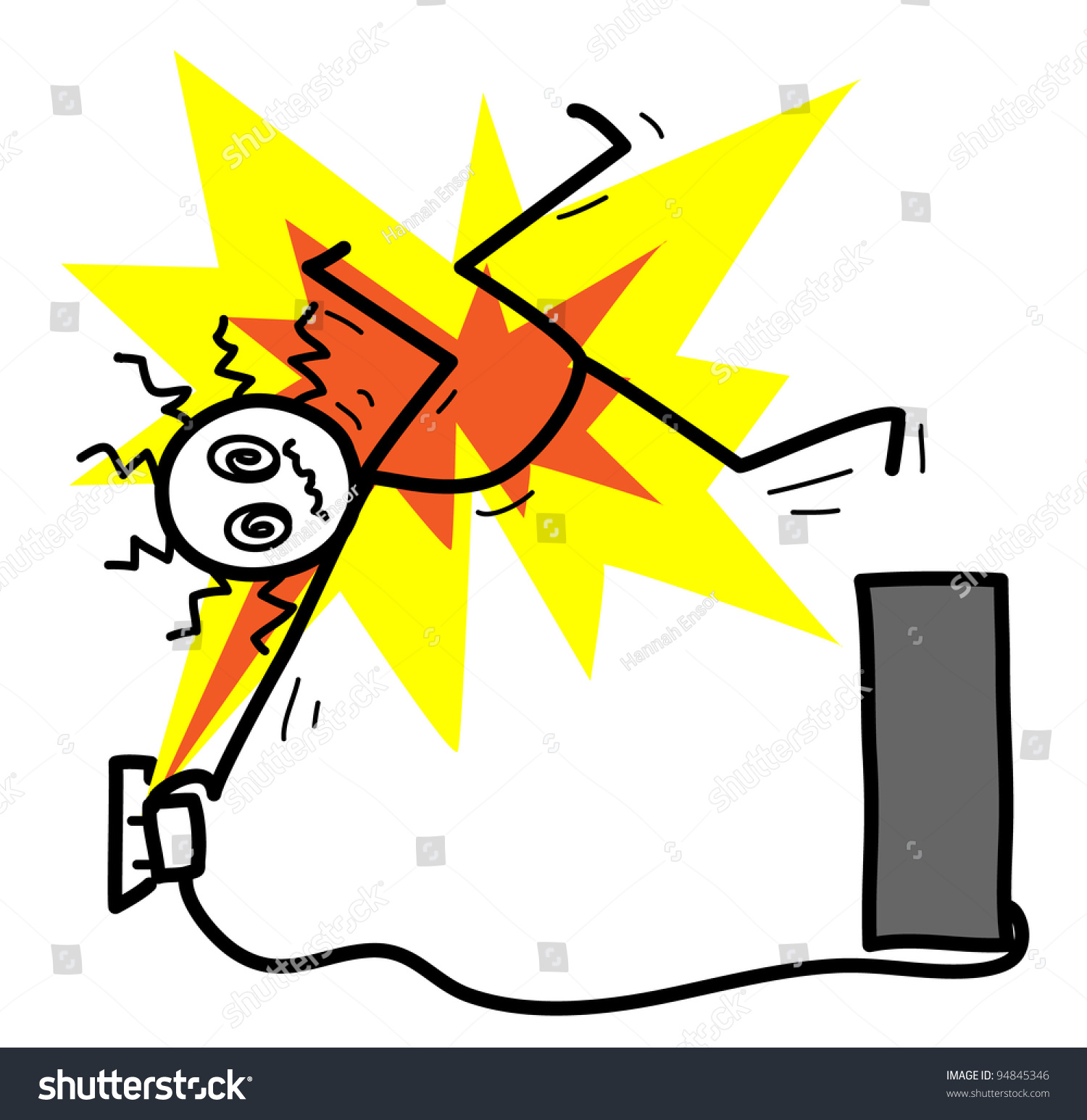This is our preliminary task, called "Feed The Fish". The script was given to us beforehand, where we only had to follow the instructions provided then create a video according to it. The editing aspects and different types of shots were done by us, as well as the cutting and recording. As a group, we concluded to make a sinister comedy collaboration, followed by extra footage, expressing the dramatic effect. The thumbnail of the video, shows one of my peer members (ALEX) playing a stereotypical Russian boss, holding a white stuffed bunny. This shows the 2 sides of her and makes our entire clip emphasise the seriousness and comical side of the situation. Due to this, the audience already know that this clip is not to be taken seriously because of the involvement of humours acts within it.
When filming this clip, it had turned out to be much easier than expected because we already knew when, how and where to use the camera at a different angle each time. This was dependant on what was going on at that time of the clip. However, the acting part was not as challenging because the scrips that we had been given were rather simple. On the contrary, it did take us quite a few times to film particulate scenes, as it was our first time doing the entire process. (E.G. Editing, recording, acting, cuts) Editing was the most challenging aspect of this clip because after jumping over all the hurdles, we had to ensure that the cuts run smoothly and do not appear very abrupt and sudden. We tried to concentrate mainly on the editing.
I (HASSAN) was not in the short film, but was the camera man. This was quite a challenging but exciting experience for me as this was my first time taking charge of the shots and recording. The editing contained an error, where by and unnecessary jump shot had been made by me by accident. I had also forgot to film the third scene of my peer (ANAM) opening the door. This had stuck a thorn into the continuity shot and did not make it look as good as it should have done.
We had received some constructive criticism from our fellow class mates and our 2 media teachers. When watching our short "Feed The Fish" film, they had stated that our editing and the parallel editing was smooth and soft, the POV was really good and we followed the 180 degree rule perfectly. The reverse shot and the shot of trees had brought confusion to everyone as it did not fit in with the film. The framing however, could have been a lot better.
In my opinion, despite the fact that some errors were made by myself in regards to the shots, recording and filming, I thoroughly enjoyed filming. I have looked over my mistakes by learning how and where I went wrong, allowing me to apply my new knowledge later on in media for upcoming filming and editing tasks. I believe that my camera skills were quite good but do need improvement on in order for me to obtain the best set of results.
Overall, the experience was amazing because we, as a group got to learn more about each other as well as ourselves. We enjoyed working with one another and also pointed out what key skills we possess individually as well as points where guidance was needed.

